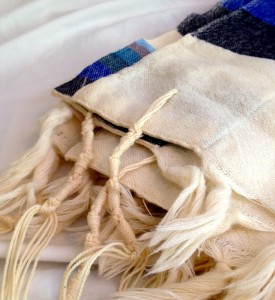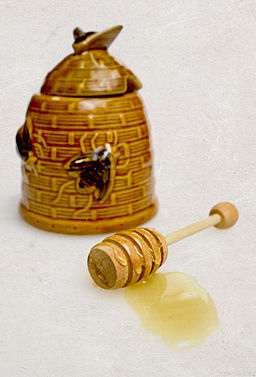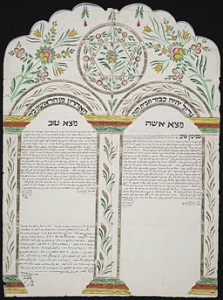It’s May – time for Mother’s Day, graduation, and, looking ahead, Father’s Day. The question always comes up: What should I/we get?
This is a perennial question – asked not only for Mom, Dad, and grad – but throughout the year: for the birthday, the promotion, the bar/bat mitzvah, the wedding, the baby shower, the (fill in other special event here).
More and more I am turning to a traditional (and meaningful) Jewish custom: a tzedakah contribution in honor of the recipient.
When a donor makes a tzedakah contribution in someone’s honor, the organization receives a contribution, and it sends an acknowledgement card to the recipient letting him know about the gift that was made in his name.
Here are a few reasons why I think this type of tribute gift is worth considering:
- It’s always a good time to give tzedakah and take a step towards making the world a better place.
- Jewish tradition encourages us to make tzedakah a regular habit. For instance, some people like to make a contribution every Friday before Shabbat. When we regularly honor or celebrate family, friends, and colleagues with tzedakah contributions, we also weave the habit of tzedakah into our lives.
- A tzedakah contribution is a meaningful gift. It’s always the right size, never goes bad, and will never gather dust on the shelf. Additionally, we can choose a tzedakah organization that matches the interests of the recipient, increasing the significance of our gift.
- We can inspire others to give tzedakah. The tribute card sent with our gift might inspire the recipient to think about giving tzedakah, and she might then continue the practice.



